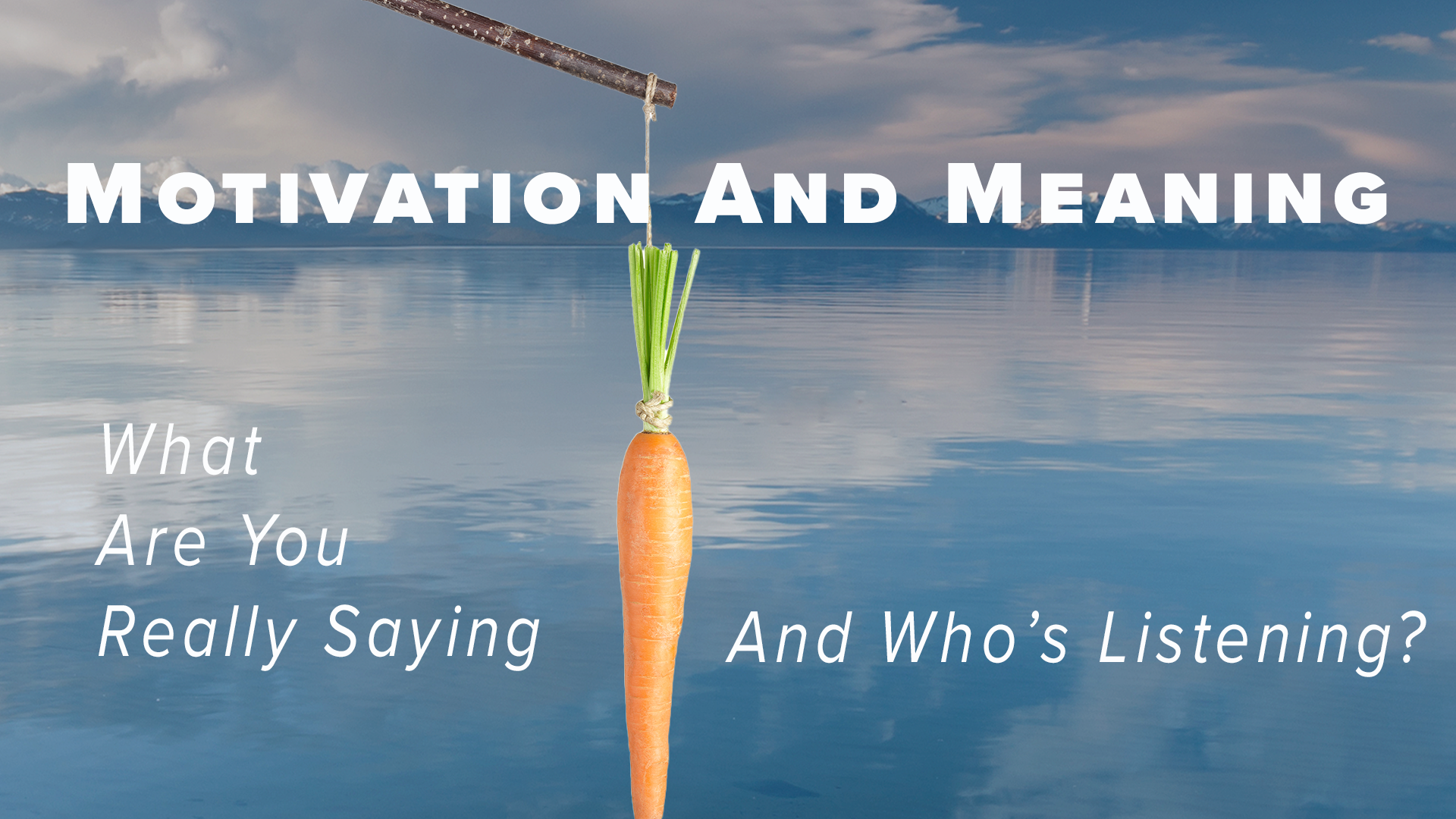
At the heart of every campaign I run for a local business—whether it’s a family-run resort, a tourist activity, or an independent retail shop—are two deceptively simple questions:
What do you want to say? And who do you want to say it to?
This is my starting point. My Mantra. Every time. But this week, I will begin focusing more on a third, deeper layer of that second question:
Because without understanding that, even the best content falls flat.
This week, my podcast harvest was in two different but equally powerful ways; these podcast episodes put motivation in the spotlight:
As James Root puts it: “Motivation determines where attention flows, how we react, and what language resonates with us.”
This is true in the workplace, but it’s just as true in marketing.
Here’s a breakdown of the six motivations from the podcast—along with how they show up in your customers, and how this helps shape messaging that speaks to each type:
If your content didn’t resonate this summer—or if your engagement fell flat—it may not be about frequency, trends, or even quality.
It may be that your message didn’t speak to what your audience actually cares about.
This is why I ask those two questions again and again: What do you want to say? And who do you want to say it to—emotionally?
Because when your message matches your audience’s motivation, they stop scrolling. They pay attention. They take action.
These six types aren’t personality labels. They’re windows into behavior. And when you begin to think about your customers—not just demographically, but motivationally—your message changes.
And that’s when your marketing starts to matter.
If there is a topic you’d like to hear more about by all means, comment below or direct message and I’ll do my best.
Nothing better than a good question to jump into.
Reach out for a talk over coffee or a hike I give information freely. I only ask to be paid when I do the work. tgold@bigwaterci.com
Comment below or share.
Trina Gold
Master Creator